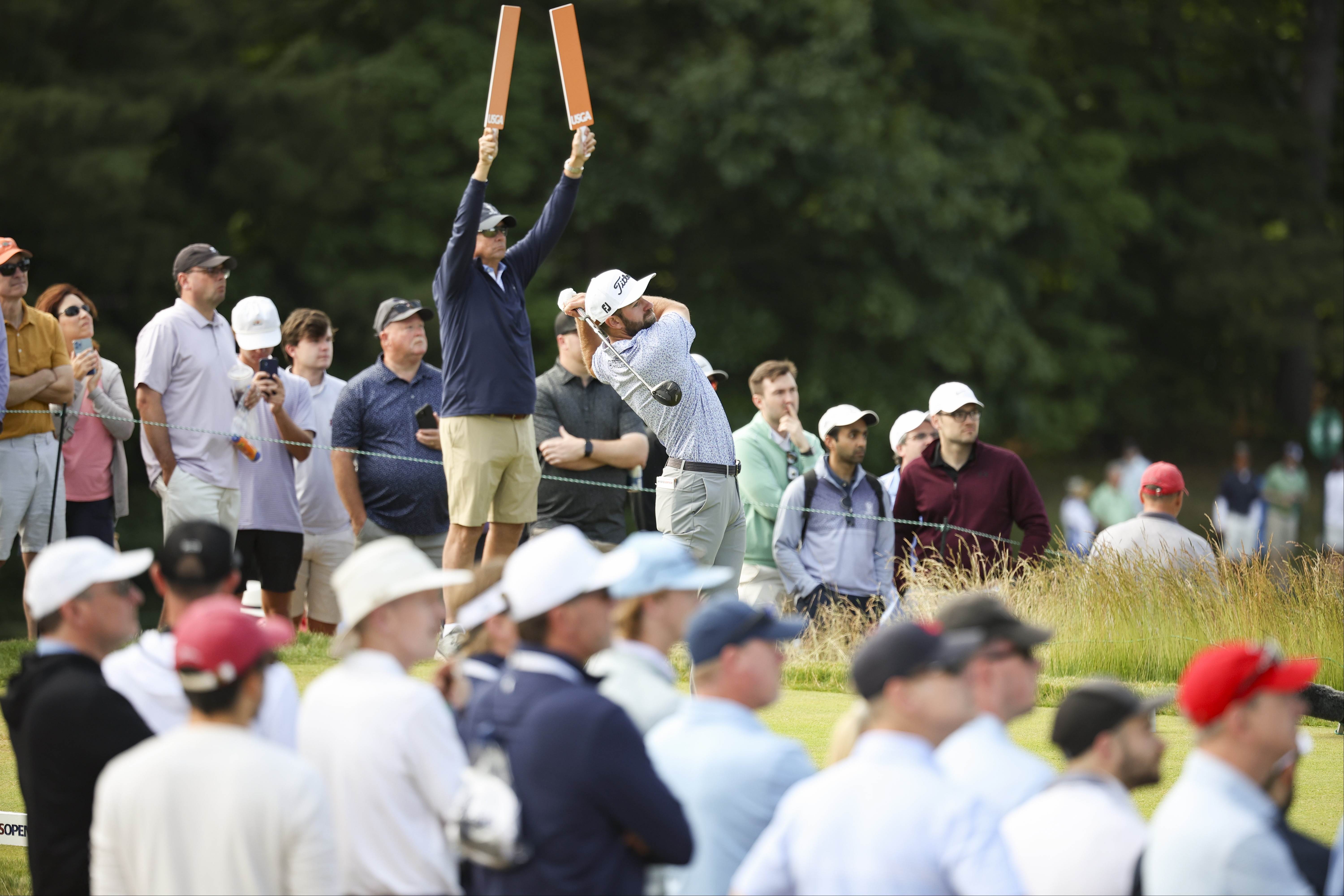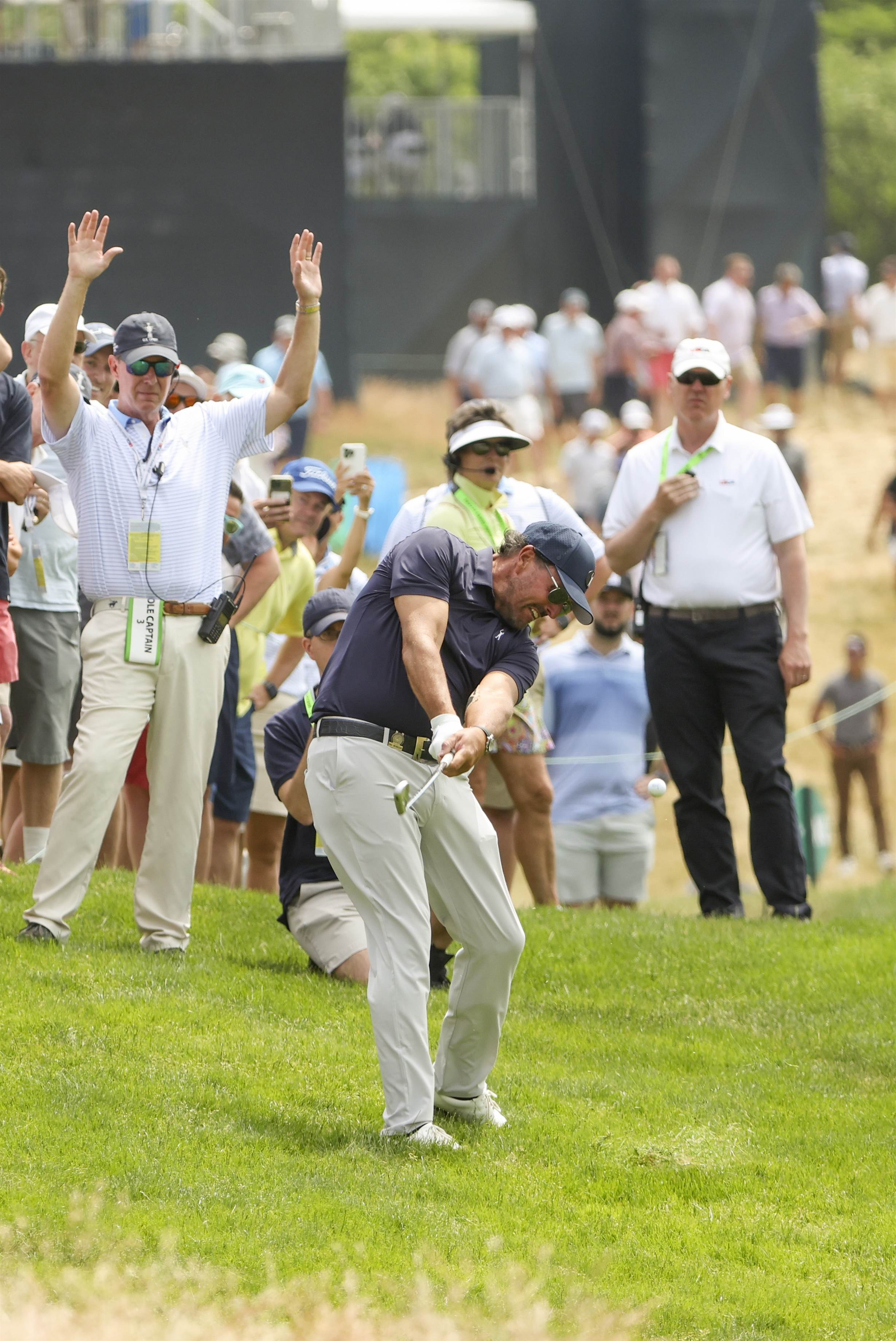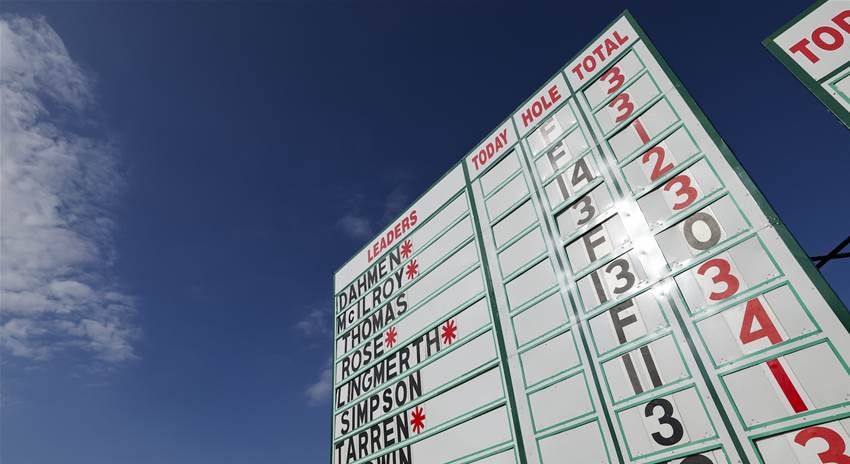Before the 122nd U.S. Open began, much of the chatter around The Country Club was devoted to the first LIV event. No surprise there, of course, the evolution of the Saudi-backed Tour/circuit/series has been the talk of the other Tours for months now.
Since the year’s third major championship got going though, the volume has gone down considerably. Even when vying with an event that carries the enormous implications of LIV, the golf – especially Grand Slam golf – always wins.
Because it actually matters.
One of the many differences between LIV and a truly competitive environment is that the players, by extension, care more when what actually matters is more than just money. The attitude of the players, even subconsciously, alters when you diminish your product by 18-holes, eliminate the halfway cut and pay the bigger names on display simply for showing up.
No wonder that this week’s defending champion, Jon Rahm, dismissed the LIV format as “not a golf tournament.” Or that PGA Tour commissioner summed up the eight-event series as “exhibition matches.’
Guaranteed cash is professional golf’s cancer. It eats away at the heartbeat of the game, the desire to succeed and beat everyone else. The established Tours are not immune from that immutable fact, of course. History is littered with examples of expensively imported stars going through the motions, their “winnings” already in their back pockets even before the opening tee-shot is struck.

It goes beyond that extreme too, especially when, with the coming of Tiger Woods, tournament purses on the PGA Tour exploded. Almost ever since, a certain level of slightly above-average player has strolled though his professional life knowing he is good enough to make a nice living without actually putting himself under any real pressure.
He is the guy who, when you consult the money-list at season’s end, has somehow picked up something like $2.9m. All for a stream of relatively stress-free top-20 finishes. Nice work if you can get it.
Still, perhaps the biggest contrast between “real golf” and “LIV golf” comes late on Friday evening. In LIV events, the players have completed 36-holes and are all off for a nice dinner in some swanky restaurant. Here at The Country Club this week we saw some typical examples of high stress being applied to players.
As the old saying goes, real pressure is not a four-foot putt to win a tournament – miss that and you are still in a play-off. Oh no, real pressure is struggling to make a cut when you absolutely have to, or, at least, when you really, really want to.
"One of the many differences between LIV and a truly competitive environment is that the players, by extension, care more when what actually matters is more than just money." - John Huggan.
So it is that this week we saw some beautiful examples of guys fighting successfully to play on the weekend. American Joseph Bramlett played the last five holes of his second round in one-under-par to qualify “on the (143) number.” Likewise, Sebastian Munoz. With seven holes to play, the Colombian was six-over-par and seemingly headed for, in soccer parlance, “an early bath.” Three birdies in four holes saved him though. And, as a reward, he teed-up alongside Patrick Cantlay, the 2020 PGA Tour “Player of the Year,” in the third round.
On the other side of golf’s cruellest line, however, Cameron Young is deserving of mention. The 25-year-old American played the first four holes of his second back-nine (he started on the 10th) in a disastrous six-over-par, to sit +9 for the tournament. Most of that damage was done to the quadruple-bogey eight he made on the 3rd, but no matter, his U.S. Open race had surely been run. No one would have blamed him for going through the motions for the rest of his ultimately disappointing day.
 But that’s not what happened. Not at all. After making birdie on the drivable par-4 5th (eight-over), Young made a hole-in-one on the par-3 6th (six-over) and two more birdies on the 7th (five-over) and 8th (four-over). One more birdie on the 9th, his 18th, and he would qualify for 36-more holes and a well-earned payday. But it wasn’t to be. His closing par was one-shot too many.
But that’s not what happened. Not at all. After making birdie on the drivable par-4 5th (eight-over), Young made a hole-in-one on the par-3 6th (six-over) and two more birdies on the 7th (five-over) and 8th (four-over). One more birdie on the 9th, his 18th, and he would qualify for 36-more holes and a well-earned payday. But it wasn’t to be. His closing par was one-shot too many.
RIGHT: At a LIV event, Phil Mickelson would have been out on Saturday going through the motions rather than heading home. PHOTO: USGA.
The point here is that each of those players – and surely a few others – were bursting their guts trying to get through to the weekend.
In contrast, back on the LIV Tour, all 48 players will pass their Friday evenings in, one supposes, quiet contemplation of just how to spend all the money they know with absolute certainty will be coming their way.
Last week in England that luxury was even afforded the hapless Andy Ogletree. The former U.S. Amateur champion shot 24-over par at the Centurion Club just north of London – an average of 78 – and picked up $120,000, plus expenses presumably.
It is perhaps still too early to make this assertion with any certainty, but ominous signs of a seeping, financially-insulated indifference are already in place. Which makes sense.
Competing in events where prizemoney is guaranteed is unlikely, especially over an extended period, to sharpen anyone’s competitive edge. As many as 15 participants in that inaugural LIV event at Centurion travelled on to Boston (by Saudi-funded charter) for this U.S. Open. But only two, 2016 U.S. Open champion, Dustin Johnson, and 49-year-old Englishman, Richard Bland, played well enough to make the cut. The other 13 were presumably too exhausted from counting their cash.
Coincidence? Time will tell on that one. If even half of the rumours flying around turn out to be true, the next LIV event will have, on paper, a field vastly superior to the one we saw in England. What that means in turn – either even more relaxed “competition," or a welcome step-up in tempo as the quality of the participants rises – remains two be seen. But it matters not. Already it is obvious what really matters – and what doesn’t – in this great sport of ours.
Related Articles

Playing From The Tips Ep.116: US Open and Meijer LPGA Classic

LIV expanding tournament format to 72 holes













